COMING SOON
NATURAL FABRIC INFORMATION:
TESTING TO KNOW THE FABRIC MATERIAL IS PURE NATURALLY OR CHEMICAL.
1. LEATHER: Leather is a strong, flexible and durable material obtained from the tanning, or chemical treatment, of animal skins and hides to prevent decay.
Real/pure leather comes from the hides of various animals, with cattle, sheep, goats, and pigs. Leather can also be made from exotic animals like crocodiles, snakes, and ostriches.
How to Care: To property care for pure real leather, regularly clean it with a soft cloth, condition it every few months to maintain suppleness, and protect it from moisture & sunlight. Avoid harsh chemicals, excessive heat, & direct sunlight, which can damage the leather. Store leather items in a cool dry place.
Testing:
- Label test: states “genuine leather”. Others like Faux leather, Vegan leather, PU leather are synthetic material.
- Flame test: smell like burnt hair. Fake, smell like chemical or plastic.
- Water Test: small drop of water on the leather will absorb water droplets, causing the area o darken. Fake, repel water.
- Magnifying test: shows an irregular network of fibers. Fake will appear uniform and might reveal a synthetic or mesh design.
2. SILK: Silk is a natural fiber produced by silkworms. It is made from the cocoons spun by the larvae of the silk moth, known scientifically as Bombyx mori. The silk production process begins with the cultivation of silkworms and end with the extraction of silk threads from the cocoons
- Mulberry Silk: is produced specifically by Bombyx mori silkworm (Produced by silkworms that feed on mulberry leaves)
- Silkworms: are the larvae of certain types of moths, and they produce silk as they spin their cocoons.
- Tussah Silk (Tasar or Tussah): Made by wild silkworms that feed on oak and other leaves. It’s coarser than mulberry silk, with a more textured feel and a Golden-brown color.
- Eri Silk: Also known as “peace silk” because the silkworms are allowed to leave their cocoons before harvesting. It’s a soft, durable silk with a woolly texture, and is often a creamy white or reddish-brown color.
- Muga Silk: A rare and prized silk from Assam, India. It’s known for its natural Golden-yellow color and durability. The silkworms feed on the leaves of the soalu plant.
How to Care: Hand wash or machine wash on a delicate cycle with cold or lukewarm water using a pH-neutral detergent specifically for pure silk, Avoid bleach fabric softeners, and harsh chemicals. Dry flat or hang to dry away from direct sunlight, and iron on a low setting if needed.
Testing:
- Burn Test, burn slowly, smells like burnt hair or feathers, and leaves a brittle ash that turns to powder when twisted in your fingers. Fake, burn fast, smells like burning plastic, melts, and forms a hard bead.
- Ring test: Real silk should glide through smoothly because silk is naturally flexible and smooth. Fake, tends to scrunch up and be difficult to pull through. This test is less effective for heavier silks.
- Luster test: Hold the fabric under natural light, if has a delicate, soft sheen that changes color when the fabric moves. Fake, often has a bright and uniform shine that doesn’t change color with movement.
- Water test: Real silk will absorb water quickly and th wet spot won’t leave a stain after drying. Fake silk tends to bead up on the surface.
- Silk Mark Certification: Real silk provides by the Silk Mark Organization (SMOI), which guarantees authenticity and purity.
- Touch test: Real silk feels smooth, soft, and generates warmth when rubbed due to its natural protein structure. Fake silk may feel slippery, coarse, or overly slick and doesn’t warm up when rubbed.
3. CASHMERE: Also known as Capra Hircus goats. These goats are primarily found in the Asian Highlands, particularly in area like: Mongolia, China, Tibet, Afghanistan, India.
The Cashmere comes from the soft undercoat of specific breeds of goats. The extreme weather conditions have led to the development of a luxurious, soft and insulating coat on these goats.
How to Care: Caring for pure cashmere requires special attention to maintain its softness and longevity. Hand wash, use cool or lukewarm water, never hot, & use wool-friendly detergent, like baby shampoo. Gently swish it around, avoiding excessive rubbing or stretching. Soak for no longer than 30 minutes. Machine wash, check the care label to ensure the garment is machine washable; if so, select the delicate cycle with cool water & low spin speed. Place the item in a mesh laundry bag to protect it from snags & agitation. You don't need to wash after every wear. Air dry to refresh them or Lay flat to dry. Avoid hanging cashmere. Keep away from direct sunlight or heat sources. Allow the garment to dry completely before storing; & use cashmere comb to gently brush away the pills; brush in the same direction. Avoid using sharp blades or scissors.
Testing: - A Label indicating “100% Cashmere”.
- Burn test: Real Cashmere burns slowly with a smell like burnt hair and leaves behind a powdery ash. Synthetic fibers burn quickly and might have a chemical smell.
- Water Test: Real Cashmere absorbs water quickly because it’s a natural fiber.
4. WOOL: Real pure wool which is used to make clothing comes from the fleece of various animals like Goats, Alpaca, Rabbits, Camelids, Yaks, Muskoxen, primarily Sheep.
How to Care: Hand washing or using a wool cycle washing machine with cold water & wool-specific detergent. Avoid high heat, harsh chemicals & excessive agitation to prevent shrinking & felting. Air dry wool items flat or hang them, away from direct sunlight & heat. Completely dry before stored. Fold wool items instead of hanging them to prevent stretching especially for sweaters. Consider using natural moth deterrents like cedarwood or lavender sachets.
Testing: Burn Test: Real wool will be difficult to ignite, burn slowly, & curl away from the flame. The scent will be burning hair. The ash will be crunchy &leave a black bead that can be crushed into a gritty powder. Synthetic will melt ingo a hard bead and unpleasant smell. They also tend to continue burning even after the flame is removed.
- Felting Test: Fray a piece of the yarn, dampen them with water, & rub them together between your hand to see if they stick together; if stick together, it’s likely wool or another animal-based fiber.
- Beach test: Place a small piece of the yarn into a glass container w/ bleach; if dissolve in bleach, it’s a wool or animal-based fiber.
- Visual & Touch: feels soft but can be slightly itchy; it tends to look dull under light.
- Wetting test: Soak the yarn in hot water, if smells like animal hair when wet, it’s real wool. Synthetic fibers won’t have a strong scent.
5. ORGANIC COTTON: Organic cotton is grown without synthetic pesticides, fertilizers, or genetically modified seeds, often utilizing rainwater and natural pest control methods.
How to Care: Wash it in cold or lukewarm water with a mild detergent and avoid high heat when frying to prevent shrinking and damage. Turning clothes inside out before washing can help protect colors & fabrics. Gentle cycle if using machine wash . Avoid bleach can weaken cotton fibers, so opt for color safe detergents or natural stain removers. Air dry if possible; low heat tumble fry; avoid over-drying. Iron low heat.
Testing: Burn test, burn quickly, leaves grayish-white ash, and smells like burning paper or leaves. Cotton should quickly absorb the water. Synthetic fabrics: melt or shrink, leaving hard, bead-like residue. Synthetic cotton fabrics tend to repel water.
6. LINEN: Pure linen fabric, used for clothing, primarily originates from Flax plants cultivated in Europe, particularly France, Belgium, and the Netherlands.
How to Care: Hand or machine wash it in cold or lukewarm water using a gentle cycle & mild detergent. Avoid bleach & fabric softener. Line dry or tumble dry on low, & iron on reverse side of the fabric to avoid burning, and iron while damp with medium heat setting if desired. Don't soak to avoid weaken the Linen fiber. Avoid high heat can cause shrinkage & damage the fibers.
Testing: It wrinkles easily. It absorbs water quickly, leaving a damp spot that disappears quickly, and it burns easily, leaving behind a fine ash ̃ the smell of burning paper.
7. HEMP: Real pure Hemp from the bast fibers of the hemp plant (Cannabis sativa L.). These are the long, strong fibers that grow on the outside of the plant’s stem. Hemp fabric does not irritate the skin and can even kill bacteria that come into contact with it. Hemp cloth is extremely sanitary as a result of its antibacterial and antifungal properties.
How to Care: Hand or machine wash it in cold or lukewarm water using a gentle cycle & mild detergent. Avoid bleach & fabric softener. Using natural or mild stain remover, soak the garment before washing. Air dry or line dry to prevent shrinkage & maintain the fabric's shape. Tumble dry low; avoid high heat can cause shrinkage & damage the fibers & remove promptly to avoid over-drying. Avoid direct sunlight. Iron hemp on reverse side while it's damp on a medium to high heat setting. Wear more, wash less because hemp is natural odor-resistant & ant-microbial; so not washing often is not necessary.
Testing: Burn Test will smell like burning leaves or wood, and disintegrate quickly, leaving behind very little to no ash. If fabric melts or leaves a hard bead, it is likely a synthetic fiber.
CHEMICAL FABRIC INFORMATION: All below materials are chemical made.
1. POLYESTER
2. VISCOSE
3. NYLON
4. ACRYLIC
5. RAYON
6. SPANDEX
7. ACETATE
8. POLYAMIDE
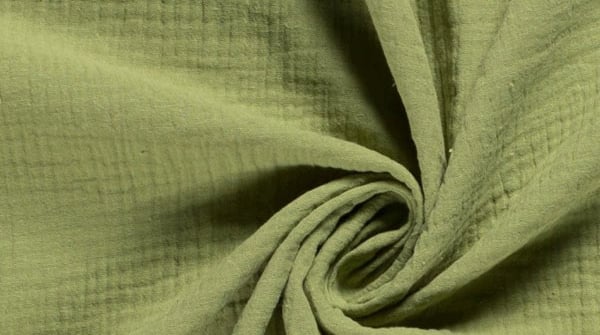

PURE COTTON
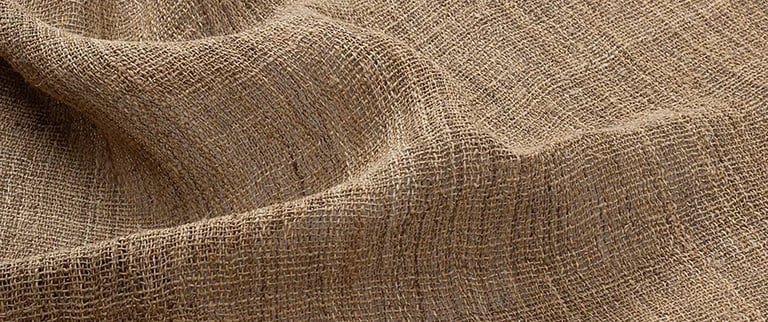

PURE HEMP
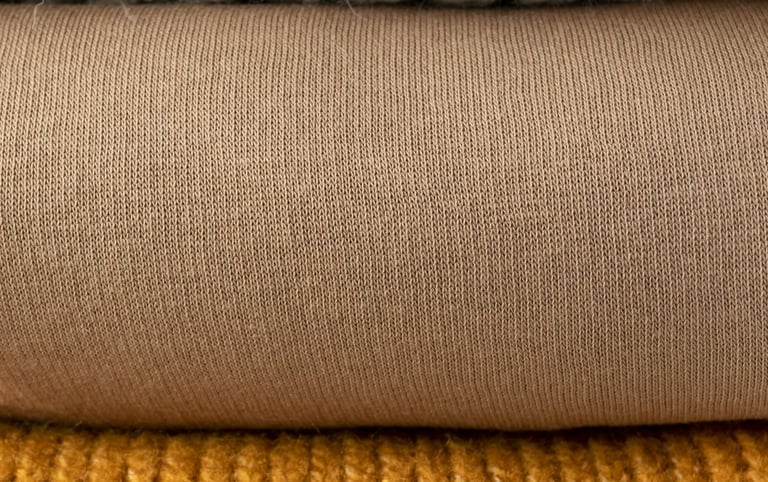

PURE WOOL
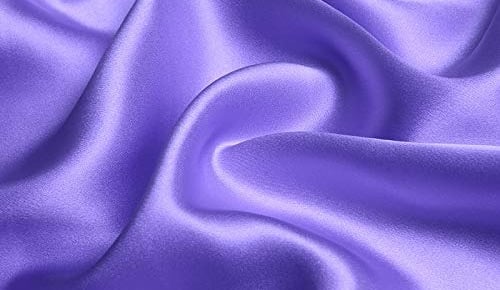

PURE MULBERRY SILK
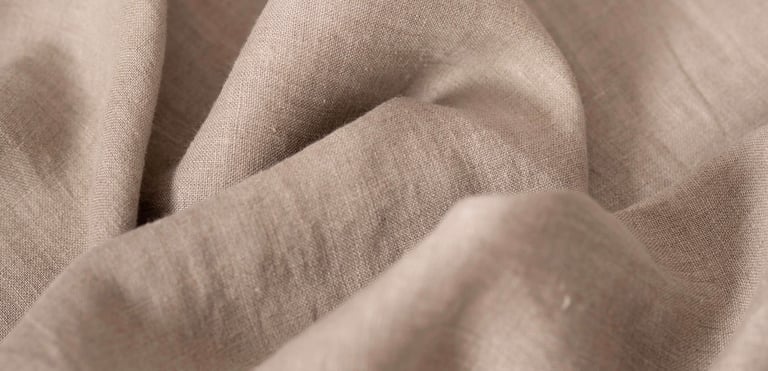

PURE LINEN
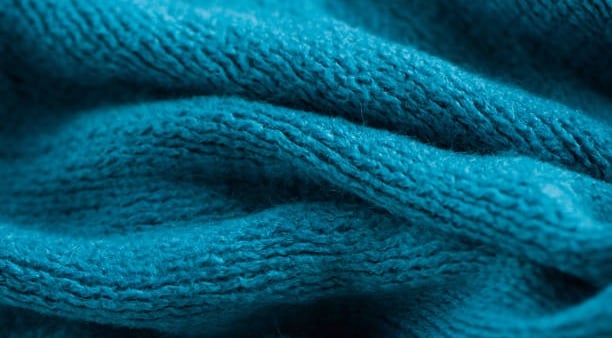

PURE CASHMERE
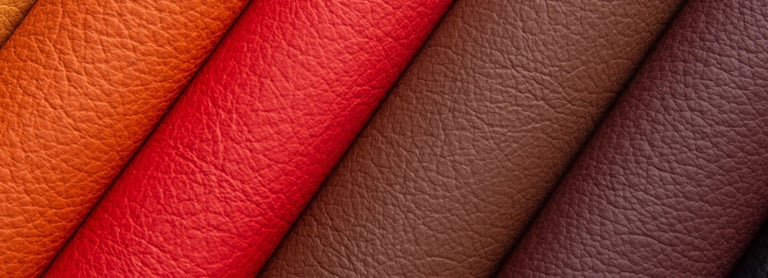

PURE LEATHER


WEARING CHEMICAL FABRIS, CAN RAISE SEVERAL POTENTIAL ISSUES:
HEALTH ISSUES:
Skin irritation and allergies: Synthetic fabrics, being less breathable can trap heat & moisture, potentially leading to discomfort, rashes, & irritation such as eczema. Dyes & chemical finishes, like formaldehyde resins used in wrinkle-resistant fabrics, can also cause skin allergies.
Respiratory issues: The "New clothes smell" can be due to Volatile Organic Compounds (VOCs) that off-gas from synthetic materials or chemical treatments, potentially causing respiratory irritation & headaches.
Endocrine Disruption: Some chemicals used in textiles, like phthalates (plasticizers) & flame retardants, are known endocrine disruptors, meaning they can interfere with hormonal balance & potentially impact reproductive health, development, & increase the risk of certain cancers.
Potential Carcinogens: the formaldehyde chemicals & specific azo dyes, have been linked to an increased risk of cancer. Acrylic fibers themselves are made from a substance classifies as a potential carcinogen.
Neurotoxicity: Chemicals like carbon disulfide, used in rayon production, have been linked to neurological damage.
Other Health concerns: Exposure to chemicals in fabrics has been linked to potential issues like immune system suppression, liver damage, & developmental problems in children.
ENVIRONMENTAL ISSUES:
Microplastic Pollution
Water Pollution
Toxic Waste and Landfills
Air Pollution.
Resource Depletion.
OTHER CONSIDERATIONS:
Childre's thinner skin & developing detoxification systems make them more susceptible to the adverse effects of chemicals in clothing.
TIPS TO MINIMIZE EXPOSURE:
Choose natural fabrics
Wash new clothes
Look for certifications: Consider certifications like GOTS (Global Organic Textile Standard) or OEKO-TEX, which indicate products are free from or have limited amounts of harmful substances.
Be mindful of claims like "wrinkle-free" or "stain-resistant" as these often mean chemical treatments have been applied.
WEARING NATURAL FABRICS ENHANCED BREATHABILITY, COMFORTM AND HYPOALLERFENIC PROPERTIES. THEY ARE ALSO OFTEN MORE DURABLE & ENVIRONMENTALLY FRIENDLY.
Breathability and moisture wicking: Allowing air to circulate & keeping your skin cool & dry. This helps prevent overheating & reduce the risk of seat-related skin irritation.
Comfort and softness that minimizing friction and irritation.
Hypoallergenic properties that are less likely to cause allergic reactions or skin irritation.
Durability and longevity: Well-crafted natural fabrics can be very durable and last for a long time, especially when properly cared for.
Temperature regulation: Natural fabrics can help regulate body temperature, keeping you cool in warm weather and providing some warmth in colder conditions.
Environmental sustainability that reduced reliance on harmful chemicals in production.


